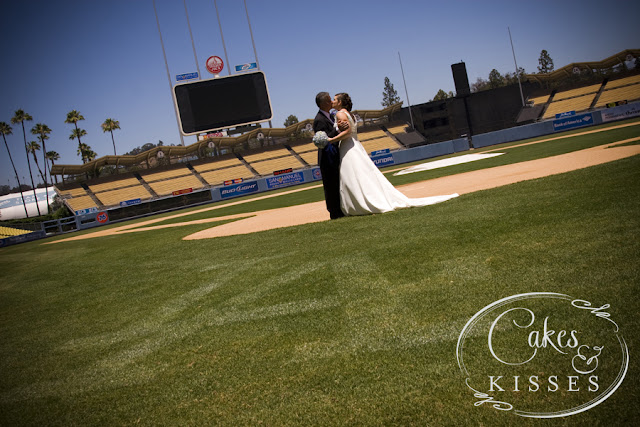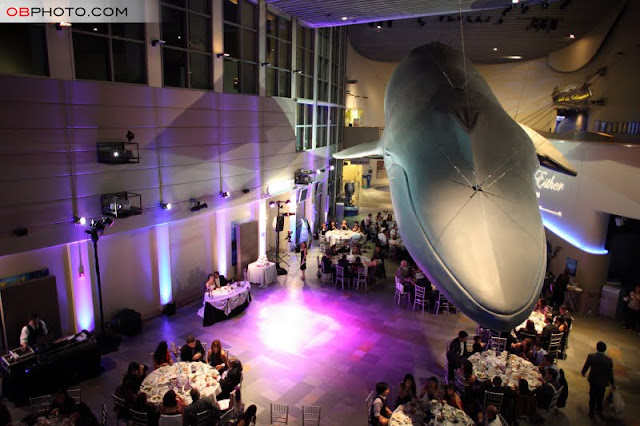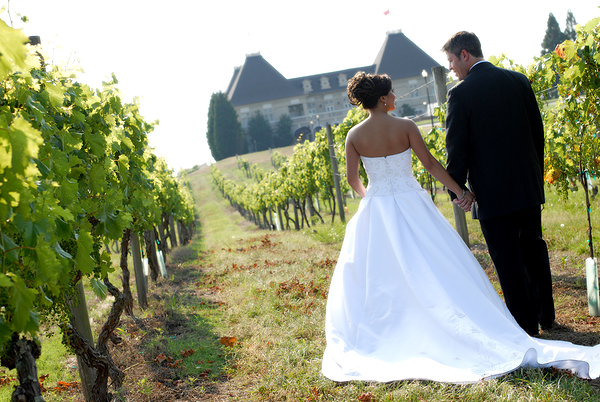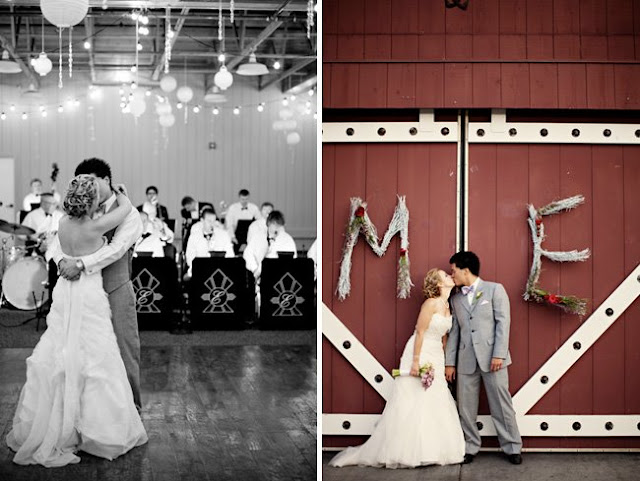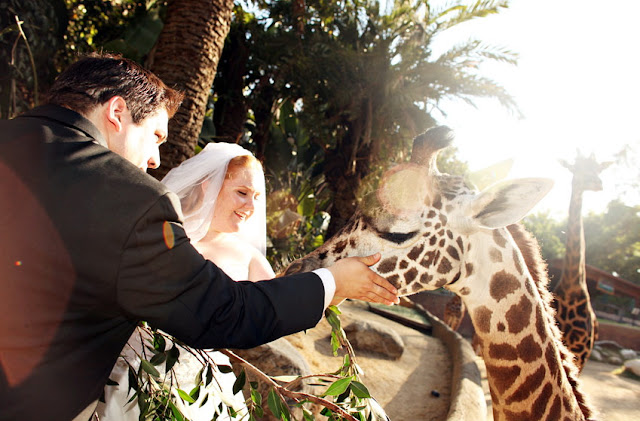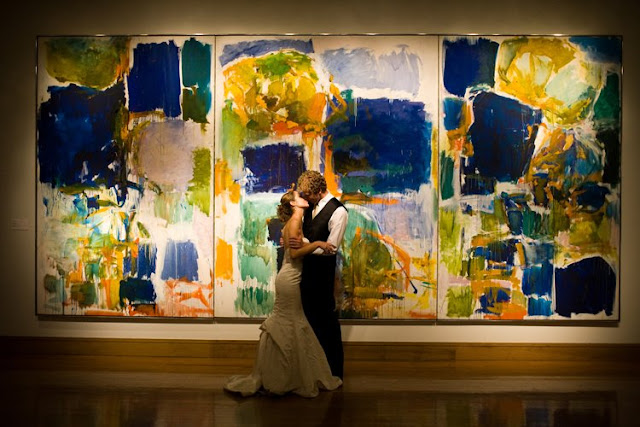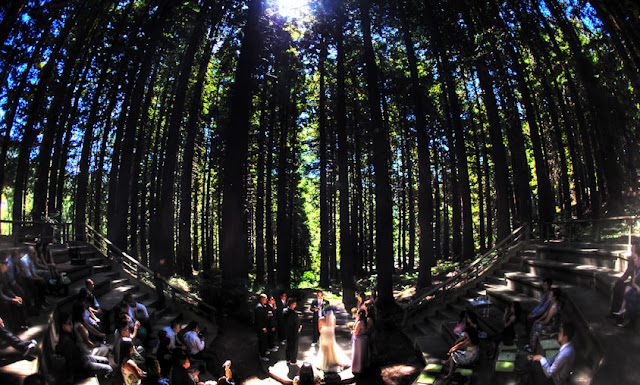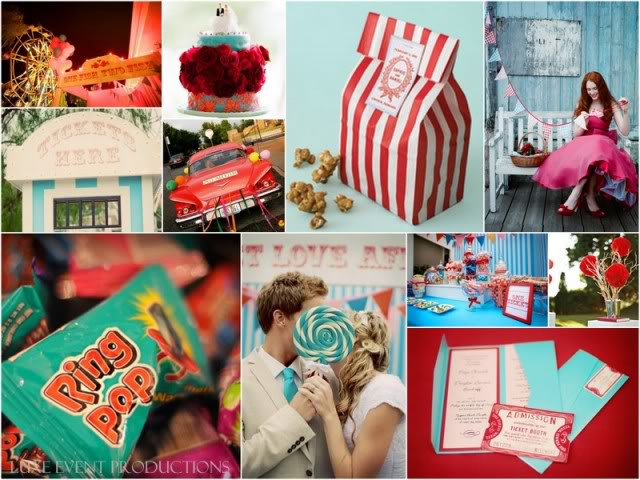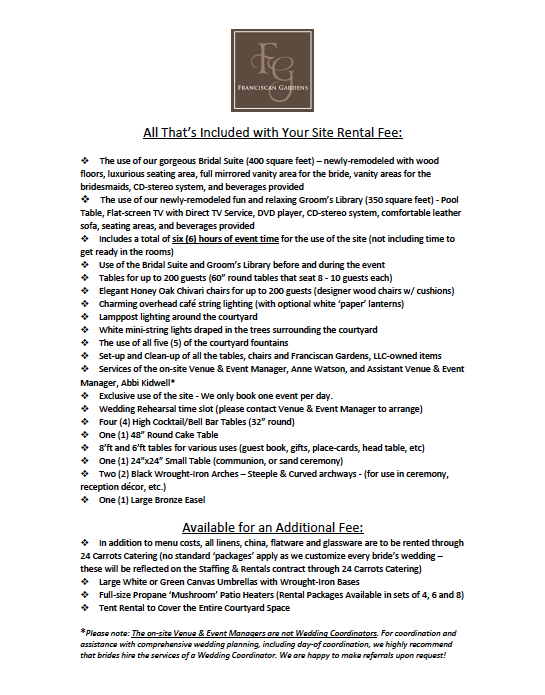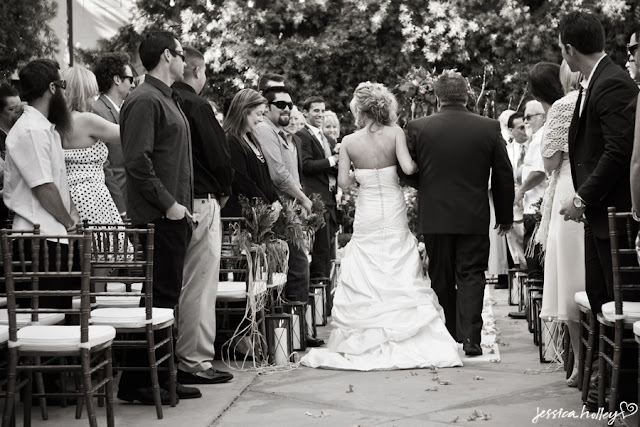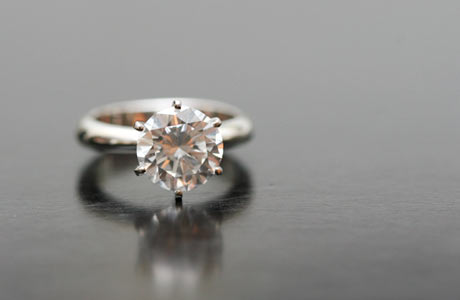Every couple wants to save money on their wedding. But there are good ways-and bad ways. I’ve seen so many weddings where they think its better to do things on their own and it looks homemade. So if you want to cut some costs, here are some great tips from Brides magazine to how.
Invitations
Good: Printing a single card with both ceremony and reception details
Bad: Texting or emailing the invites
Flowers
Good:
· Decorating with potted bulbs, herbs, or fresh praoduce instead of just cut stems
· Buying flowers that are blooming locally (Helllooo no shipping!)
· Putting your own money into the flowers that will be in the spotlight, like your bouquet and the centerpieces
· Having each bridesmaid carry a few full-bodied blooms, like hydrangeas or chrysanthemums. This way you don’t have to spend extra money on the little flowers!
· Flanking the altar with flowering branches like cherry or apple blossoms instead of large cut-flower arrangements
Bad:
· Skipping centerpieces all together. Bare does NOT look beautiful
· “Borrowing” flowers from your neighbor’s garden- or anyone’s garden in that matter
· Using cheap stems that you don’t even like or clash with your color scheme just so you’ll have flowers everywhere
· Asking each bridesmaid to bring her own bouquet
· Marking the ceremony location with a bunch of balloons
Food and Drink
Good:
· Forgoing the champagne toast and having guests clink with whatever they’re already drinking
· For an informal wedding, serving a pasta buffet
· Booking a site that lets you supply your own liquor (Buy by the case to save even more!)
Bad:
· Cutting the toast
· Doing chips, pretzels, and baby carrots and hoping that people will have shown up already eaten
· Writing “BYOB” on the invitation
Wedding Cake
Good: Ordering a cake for just two thirds of your guest list. Some will skip dessert or leave before you cut it
Bad: Asking mom to make Jell-O molds- everyone always raved about them when you were growing up
Negotiating
Good: Asking vendors for a discount but expecting to compromise- maybe that means shortening the cocktail hour
Bad: Asking vendors to donate stuff- believe me, if you keep asking for deals, vendors aren’t going to want to give it to you!
Here are some additional tips to saving some extra cash!
- Trimming the guest list- If you haven’t socialized with someone in a year or more, cross them off the list. Facebook friends don’t count
- Serving wine, beer, and a signature cocktail, not a full bar
- Picking a predecorated, fully furnished site. You wont need to spring for rentals and decorative items to make it look photo ready
- Having a lunch reception
- DIYing your wedding stationary
- Scheduling the event during the locales off-season and/or on a quiet day. (i.e. a mountain resort not during the winter)
- Eloping! Just kidding.s



